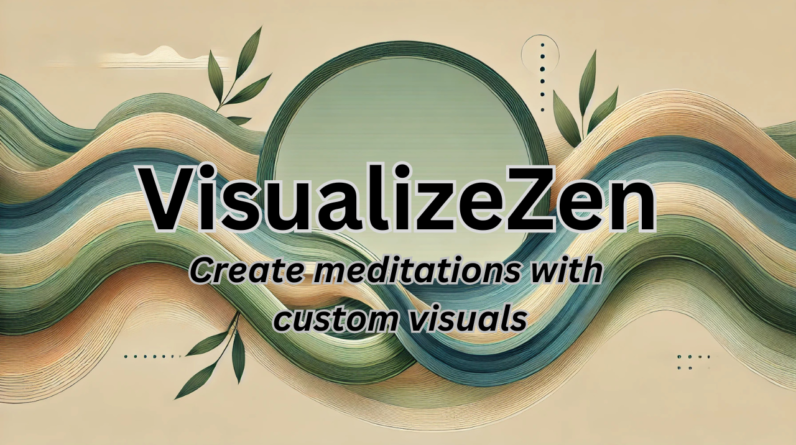
Breath work just made the New York Times! A recent article by Alisha Haridasani Gupta, “Just Breathe,” covers various breathing exercises and the benefits they can produce (March 3, 2023).
The article starts with a breathing test: count the number of full inhale/exhale cycles you go through in 60 seconds. Once you have the measurement, see where you fall on this chart:
- Excellent = <12 breaths/minute
- Healthy = 12-20 breaths/minute
- Elevated = >20 breaths/minute
We’ll come back to those results in a minute. In the article’s opening paragraph, Gupta states, “We breathe in and out roughly 25,000 times a day. And yet, according to experts, including pulmonologists and psychiatrists, most of us are doing it wrong—breathing too rapidly and too shallowly.” Research shows that breath work can improve our health and well-being.
Gupta states, “At rest, your breathing should be slow and steady, between 12 and 20 breaths per minute. Consciously slowing that even further—to between five to seven breaths per minute at rest—can help reduce blood pressure, regulate heart rate and lift mood. Researchers have also reported that breathing slowly can reduce chronic pain, stress and depression, and bolster fitness and energy levels.”
Breath work is one of the four cornerstones in Spring Forest Qigong (the others being movement, visualization, and sound vibration), and one of the exercises practiced in SFQ–enhanced energy breathing–reinforces a timed rate of six breaths per minute. That falls squarely within the rate of “five to seven breaths per minute” that Gupta cites. Benefits of this “energy breathing” exercise directly align with the benefits cited in Gupta’s article.
Gupta also cites a randomized clinical trial, “Mindfulness-Based Stress Reduction vs Escitalopram for the Treatment of Adults With Anxiety Disorders,” which resulted in a finding that “mindfulness-based stress reduction was a well-tolerated treatment option with comparable effectiveness to a first-line medication for patients with anxiety disorders.” So if you’re concerned about side effects of a particular anxiety medication, talk to your doctor about incorporating mindfulness techniques.
The article talks about how slowing our breathing down engages the parasympathetic system, which brings about a sense of calm and attention to our internal state. Three specific breathing exercises are described:
- 4-4-8 breathing
This involves breathing in through your nose for four counts, holding your breath for four counts, and exhaling through your mouth for eight counts. It’s important to remain relaxed while doing this exercise. Specifically relax your face and head. Doing a longer exhale than inhale slows your heart rate, lowers your blood pressure, and has beneficial detoxification effects.
- Alternate nostril breathing
This technique comes from yoga. It involves closing one nostril and then breathing in and out of the other nostril, followed by doing the same process on the other side. Benefits are thought to include focus, mental clarity, and calm.
- Box breathing
This exercise involves another counting pattern: inhale for four counts, hold for four counts, exhale for four counts, and hold for four counts. According to the article, the U.S. Navy SEALS use this technique for its ability to enhance cognitive focus.
Here at FiveElementHarmony.com we practice many methods of breathing. Some are specific to Tai Chi, some to Spring Forest Qigong, while others fall into our general category of breath work. Please feel free to send a message to request additional information.






